STOHEAD – The mastered spontaneous painting gesture
STOHEAD (Christoph Häßler) was born in 1973 and grew up in Southern Germany in a crossover scene of punk, skateboarding, hip hop and graffiti. After his first tags in 1989 he started with style writing. At that time, he concentrated increasingly on characters and urban landscapes for his pieces, in addition to lettering. Well connected, he painted at many jams and festivals. In 1998, STOHEAD picked up his first canvas, first painting with spraycans, then he tried other colours and techniques such as acrylic. In 1999 STOHEAD lived in Hamburg and joined the artist group GETTING UP. Together with DAIM, Daddy Cool and Tasek he developed the exhibition series “Urban Discipline” during the years 2000, 2001 and 2002. These were the first major exhibitions of this kind in Germany with international and national artists from the fields of graffiti writing and urban art, a term that was not yet common at the time. “Urban Discipline” opened new ways and inspired many people to found new exhibition platforms for this art, whether in Germany or in other countries.
Calligraphic painting to abstraction
In the following years STOHEAD painted more and more on canvas and developed his now “classic” calligraphic works for which he is known and which fall under the art of “Calligraffiti” or “Urban Calligraphy”. Words, sentences, quotations of song lyrics, painted in the gestural “round tip dripping tagging style“. They often reflect the mood of the artist at the moment of creating the canvas. On the square canvas he lines up the words without spaces or grammatically correct breaks, which make them difficult to read, but, seen as pure forms, allow us to see and feel his signature, the painting gesture – the lively swing, as the artist himself calls it. His calligraphic work is based on the effect of painted words and the visual effect on a mostly monochrome background. By working with contrasts, black and white, with cold and warm tones, the thick dripping brushstrokes of the letters become patterns. By arranging the letters, the proportions, contrasts and visible gestures, STOHEAD creates compositions with rhythm that seem to float in a harmonious balance, timeless and enigmatic.
In later series of works he made the transition from calligraphy to abstract painting. In 2014 he spoke about the development of his painting and the series “Liquid Smokes” in the catalogue of his exhibition “NOW” at the Parisian gallery Le Feuvre: „When I was painting classic graffiti pieces in the 90s, there was a big trend to move the pieces into the third dimension. My letters became kind of organic and i blew and stretched them into the depth. Later i travelled back from space and was focusing again on 2d letters and the pure form – the tags, which ignited my passion and accompanied me from day one. At this point my first calligraphic works on canvas were created. Today i travel back into space to find new dimensions and levels for this kind of art. Letters are erased, decomposed and emerge at the same time in these paintings. Hidden in the nebulous dusts and liquids is the process of creating new strokes and types – the everyday practice you need to perform the wonderful art of calligraphy.“
Besides working in the studio, STOHEAD is always drawn to the outside space on the wall. The graffiti writer and painter – who painted countless murals in over 30 years of creative work – is always looking forward to the dares of this “discipline” in monumental format, which challenges the artist through completely different conditions.
Beyond mural, Linz, Österreich 2014 ( Foto by Flapphotography ) Nowhere, Tusche auf Leinwand, 170 x 170 cm, 2007 – Pic ©STOHEAD Doing It Again, 207 x 207cm, mixed media on canvas, 2018 – Pic ©STOHEAD The Road, 100x 100 cm , Acryl on canvas, 2016 – Pic ©STOHEAD Mind Suspension, mixed media on canvas, 180 x 180 cm, 2014 – Pic ©STOHEAD My Ego Is Bigger Than Yours, mixed media on canvas, 162 x 162 cm, 2017 – Pic ©STOHEAD
Every stroke must be right
Over the years, the letters in many STOHEAD’S series of works dissolve repeatedly and become more and more abstract. It is the decomposition of the letter. And yet the reference to the handwriting also remains in these works. “Written abstraction” or “written pictures” he likes to call them. It’s about handwriting as the basis of the painting gesture, even if you may not be able to read any visible letters. STOHEAD has been creating his own tool for painting for years, creating new forms, layers of colour, transparencies, structures and matter. In the gesture as in writing, it is all about mastering every stroke, every trace of colour on the prepared background, whether with brushes, sponges, “round tip tools” or other self-made painting utensils. The build-up of layers and the interaction of the paint with the painting gesture offer the artist a desired tension for the painting itself, because with every new canvas he sees only one chance for the painterly performance. Because every stroke, every form that is created in the process must be right on the prepared background at the first time. Because it cannot be corrected. The artist likes to compare the resulting tension with archery. The use of the body is extremely important and not only the gesture by the arm and the hand must be right. Because he also paints on large canvases lying on the floor. With a self-built bridge he can easily reach all parts of the canvas from above and has to calculate his posture and gestures especially well. Despite sketches and planning in advance, a not inconsiderable part of a work is created completely intuitively. During the painting process the artist makes certain decisions, instinctively and with emotional spontaneity, because this is what makes his painting, as well as the techniques he has developed and mastered. An interplay of different working methods and styles, always in search of balance and harmony.
The color palette for a canvas is often limited, the colors are usually intense, bright and contrasting. His painting is as demanding as the materials he uses. High quality pigments and paints, varnish with UV protection make the works particularly durable, long-lasting. Above all, however, painting should remain ambitious to the artist, because STOHEAD is always looking for new challenges with painting per se, renewing his art over the years again and again with new surprising series of works without losing his artistic identity.
Links to photography and music
An accompanying activity to his work is photography, which STOHEAD practices since he is young. Photography to create images and compositions. Excerpts from life, captured moments that can also arouse emotions. STOHEAD describes the relation to his painting as follows: „I translate emotions into paintings. I paint what my mind is able to recall from visual or emotional impressions. While mixing, drying, sticking somewhere or just dripping in layers around on the studio floor, the various materials i use for painting often appear in beautiful organic structures due to their different state. Before they are about to fade away, i could take photos of the jars, cups, buckets, walls and all that stuff where i see these creations at – made by the physis of their chemistry and due to all the parameters from time and the elements. And sometimes i do so. Maybe there will be an exhibition of these photos one day. But I am a painter, not photographer. Even if these visually characterized art forms have so much in common. To perform them, you need to have an eager eye.“
The exhibition “Alphabet Street” is currently running in Münster and presents a cross-section of his work of the last years. Curator Jan Kage points out the connection between music and STOHEAD’S works: “The title of the exhibition is borrowed from a song by the musician Prince. Appropriate, because songs are not the only text source for STOHEAD’S images. Music and (abstract) painting have many parallels, which can also be found in STOHEAD’S paintings and works. Rhythm, structure, composition, harmony, colour, swing, spirit and craftsmanship – just to name a few. STOHEAD’S word Swing, too, is borrowed from Jazz, i.e. from free, improvised music. “It don’t mean a thing if it ain’t got that swing”, as it says in a song by Irving Mills quoted on canvas by STOHEAD.”
STOHEAD wird von mehreren Galerien repräsentiert wie in der Schweiz seit Jahren von der Speerstra Gallery in Genf, in Frankreich seit einigen Jahre von der Galerie Le Feuvre & Roze in Paris, und in Deutschland seit 2019 von der Galerie Ostendorff in Münster, eine Galerie für moderne und zeitgenössische Kunst, die über 125 Jahre alt ist. Dort ist nun STOHEAD als einziger Urban Art-Künstler vertreten, neben modernen Meistern wie Chagall, Dali und Picasso und berühmten zeitgenössischen Künstlern wie Andy Warhol, Joseph Beuys und Gerhard Richter, eine Seltenheit für Urban Art Künstler.
stohead.com
dasarty.com/alphabet-street
instagram.com/stohead/
Arte – 5 Minutes – With Stohead
1,015 views
Categories
Tags:
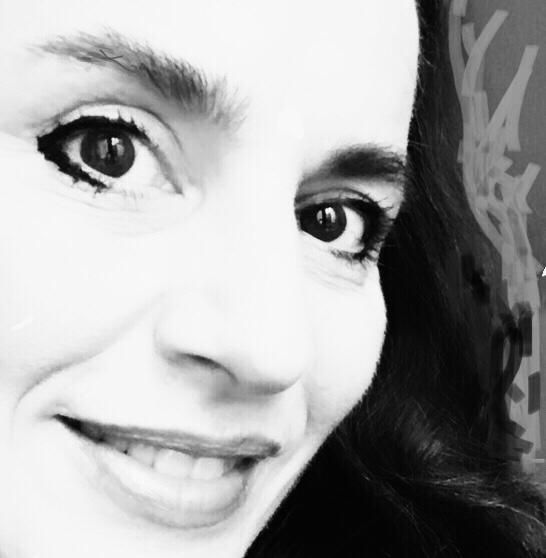
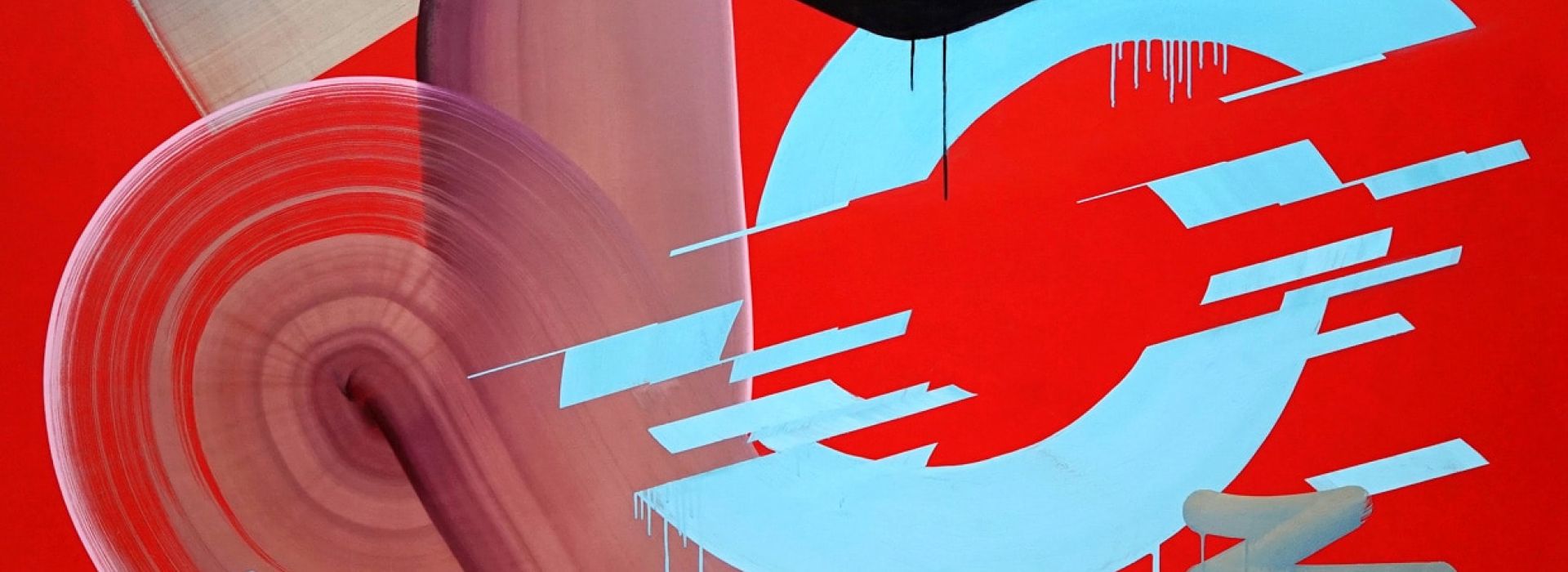
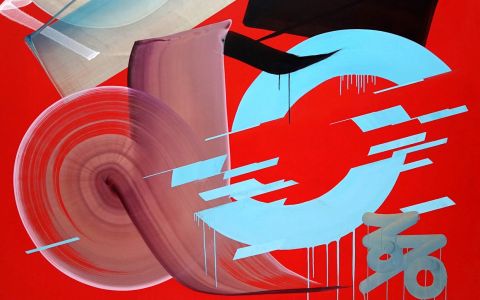
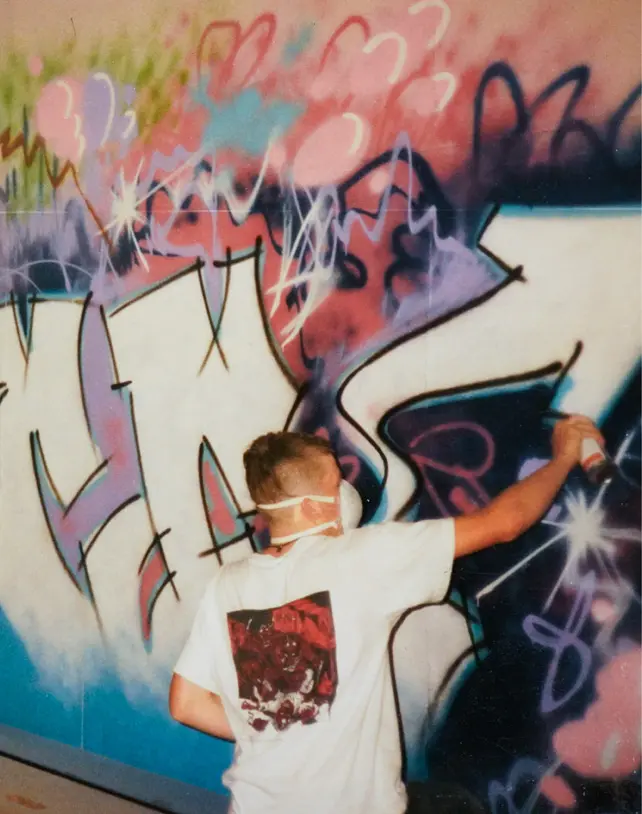
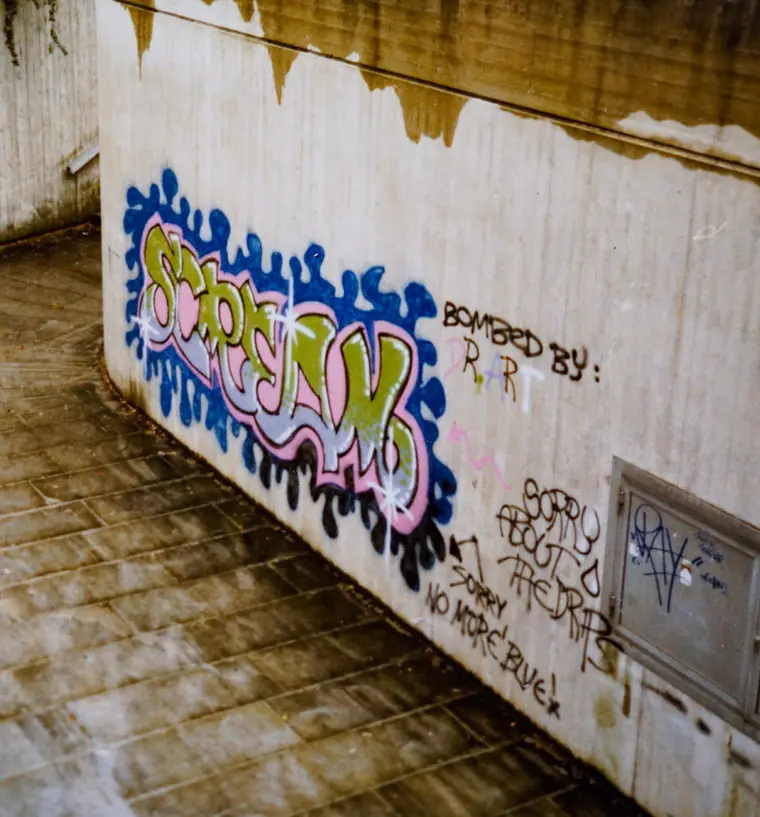
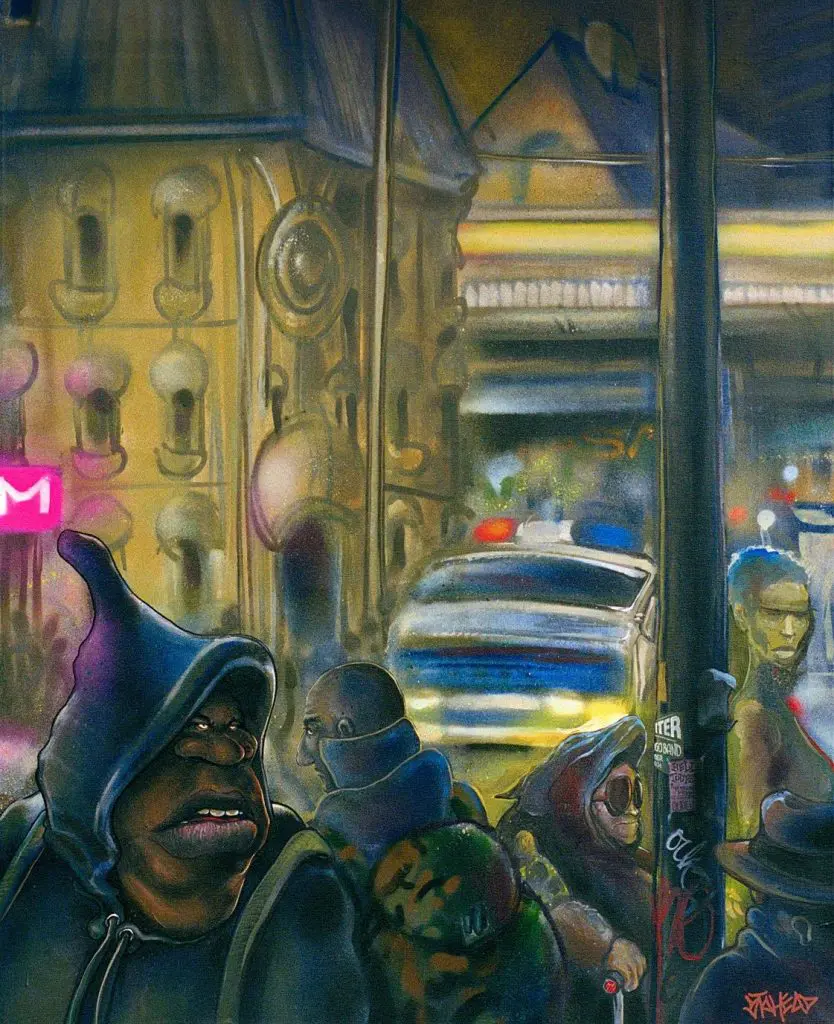
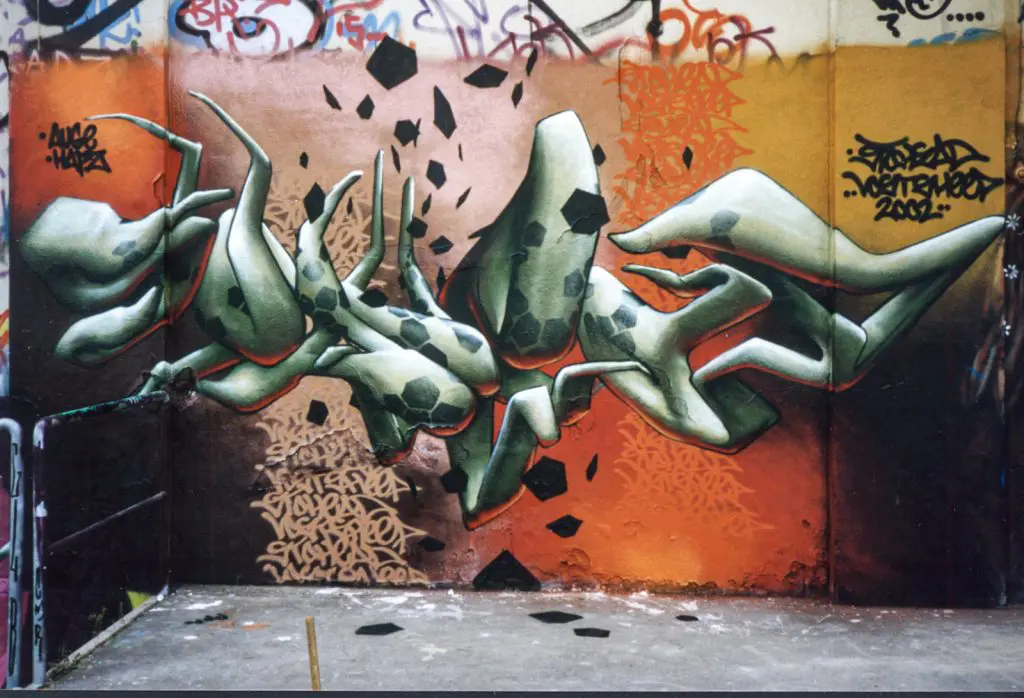
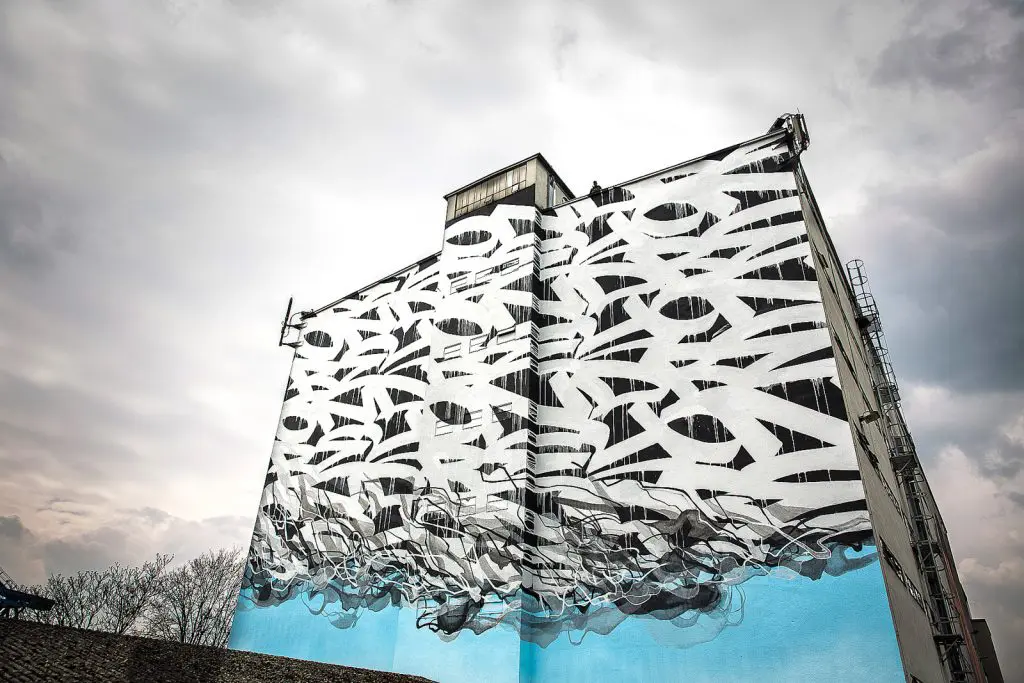
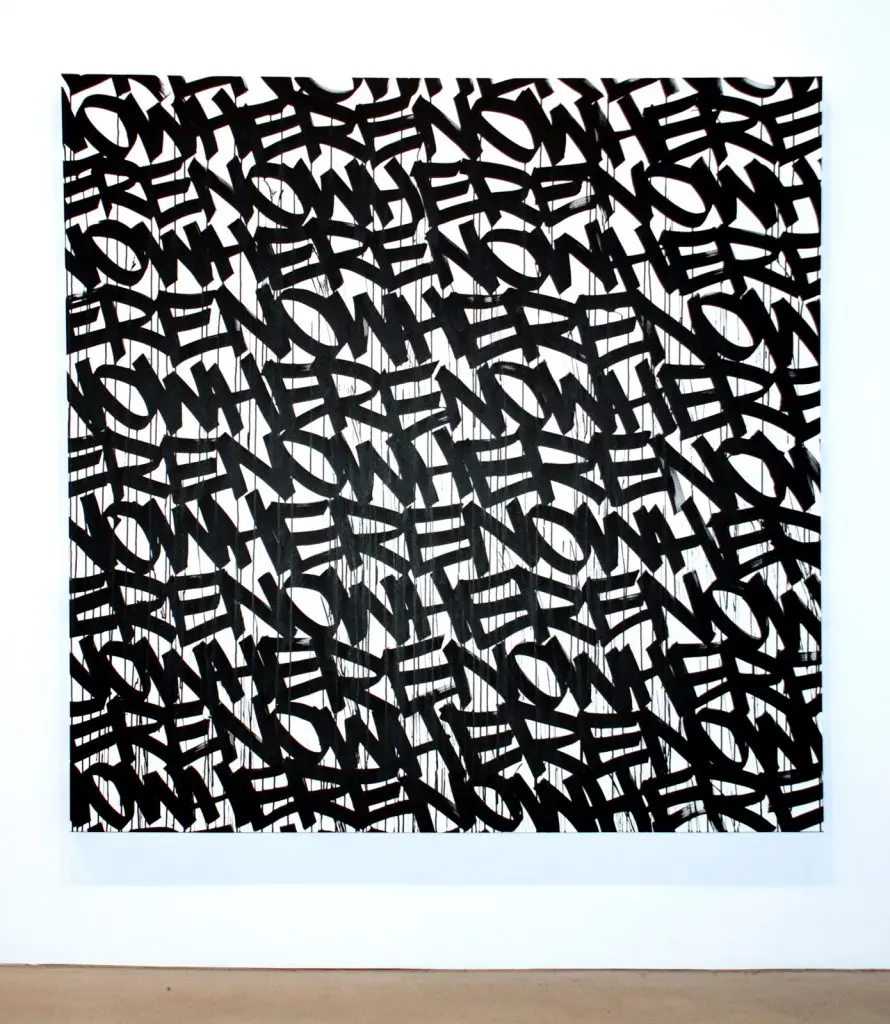
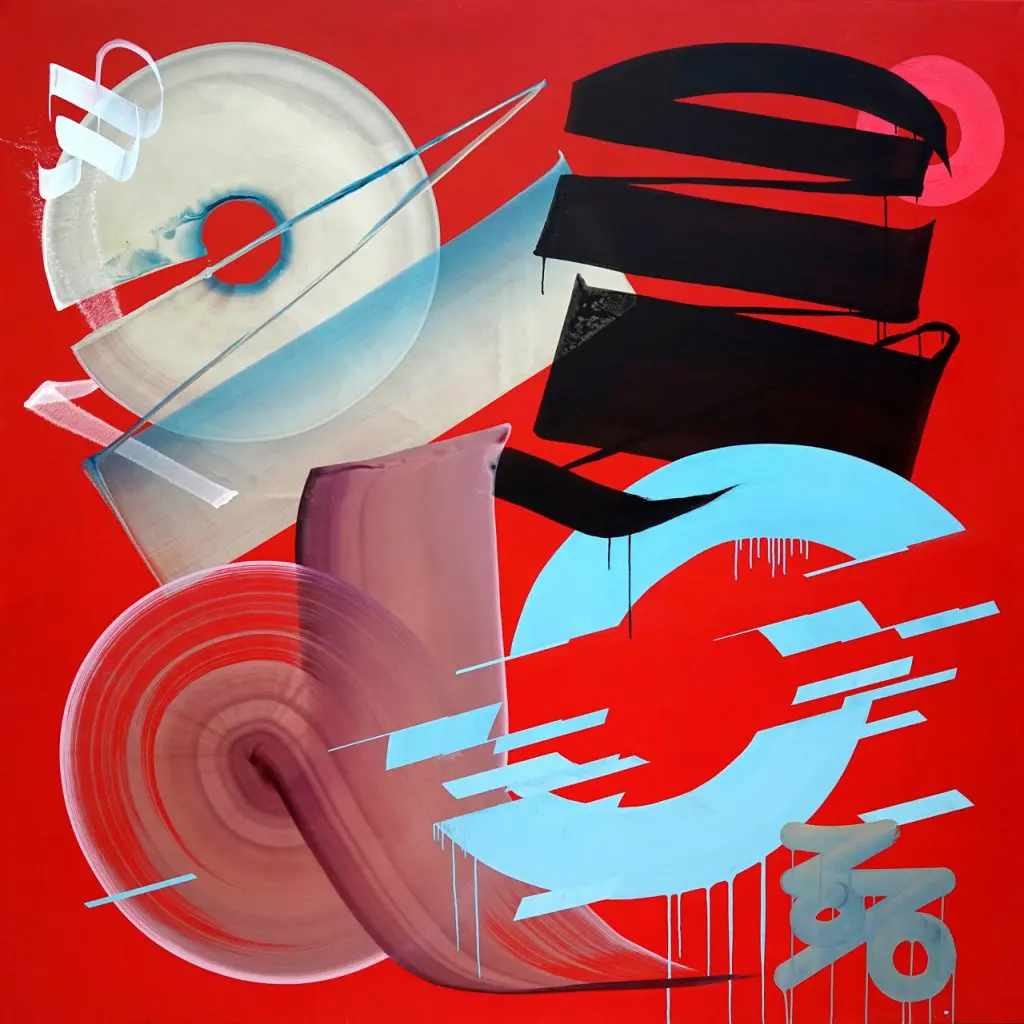
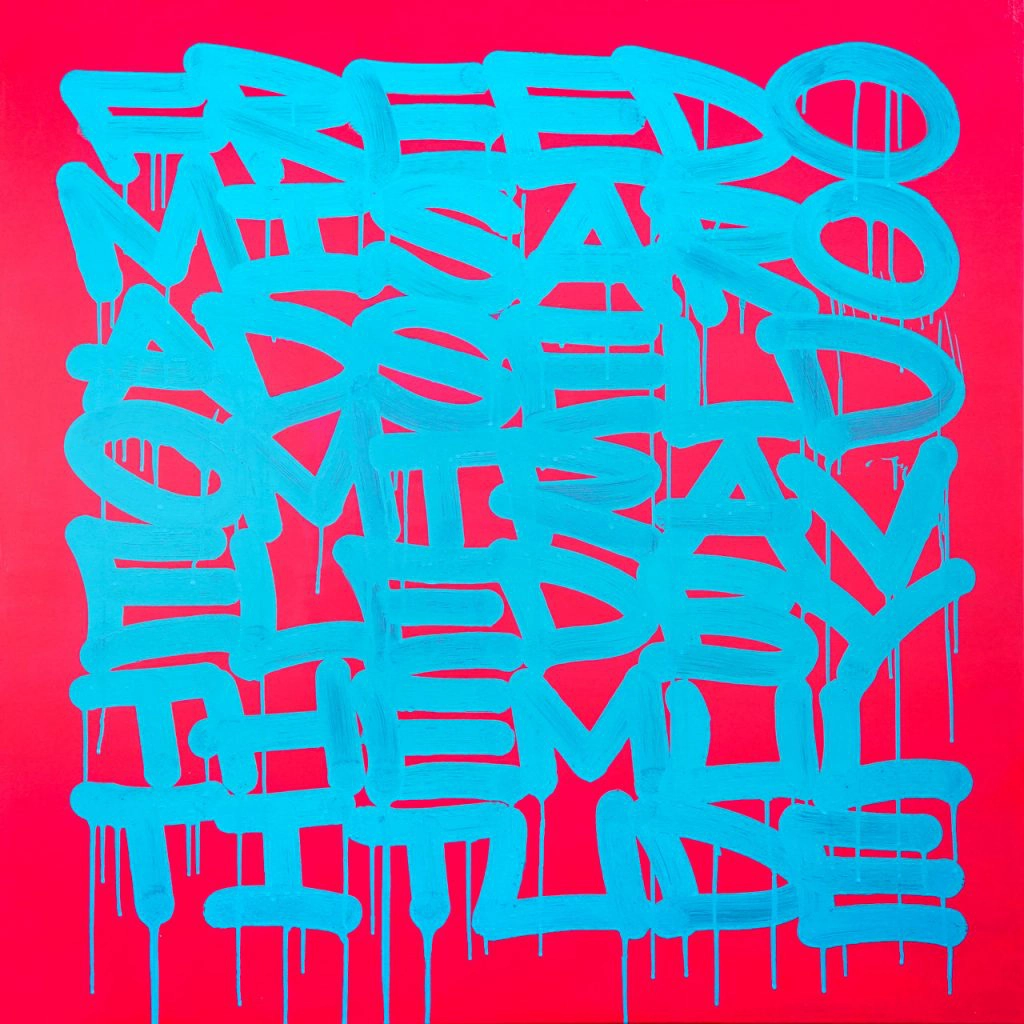
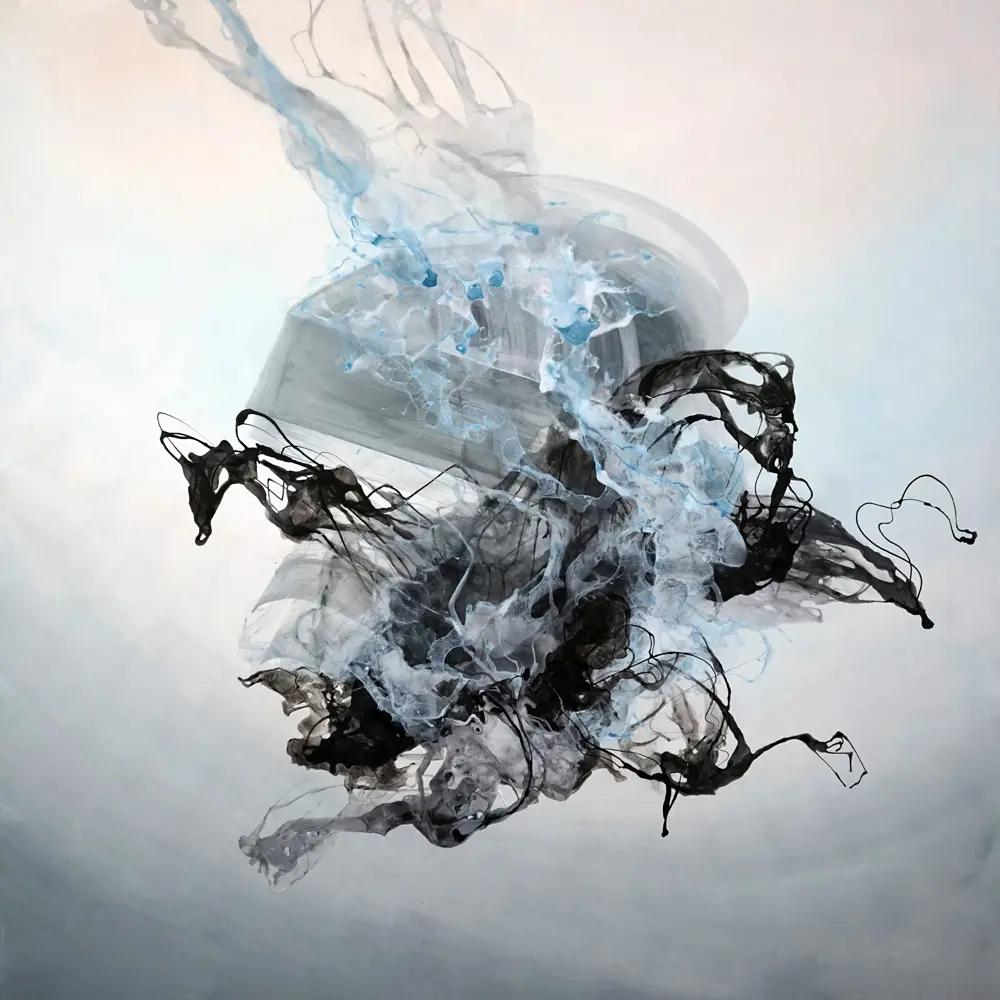
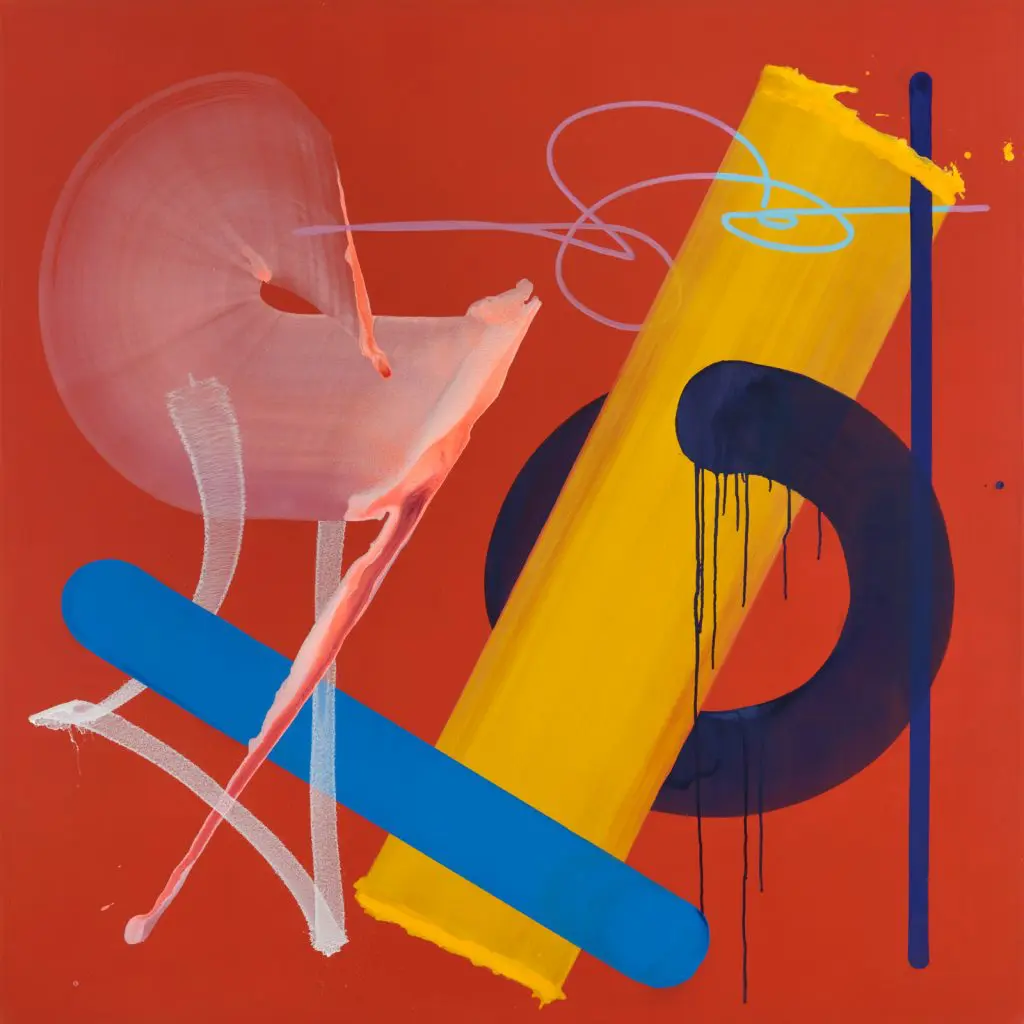
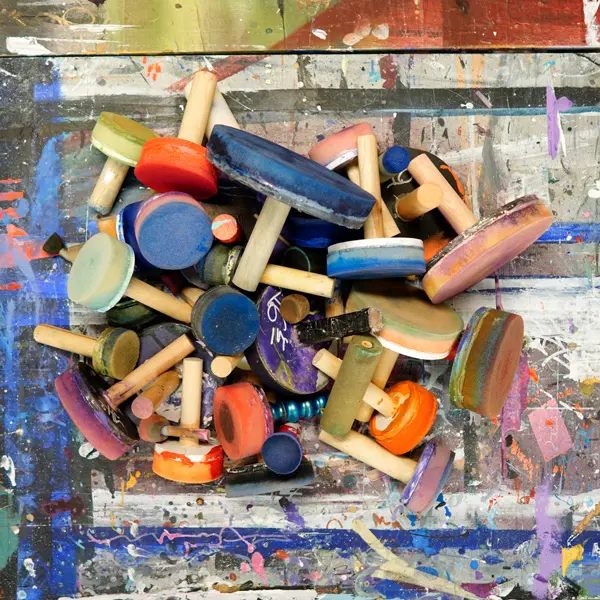
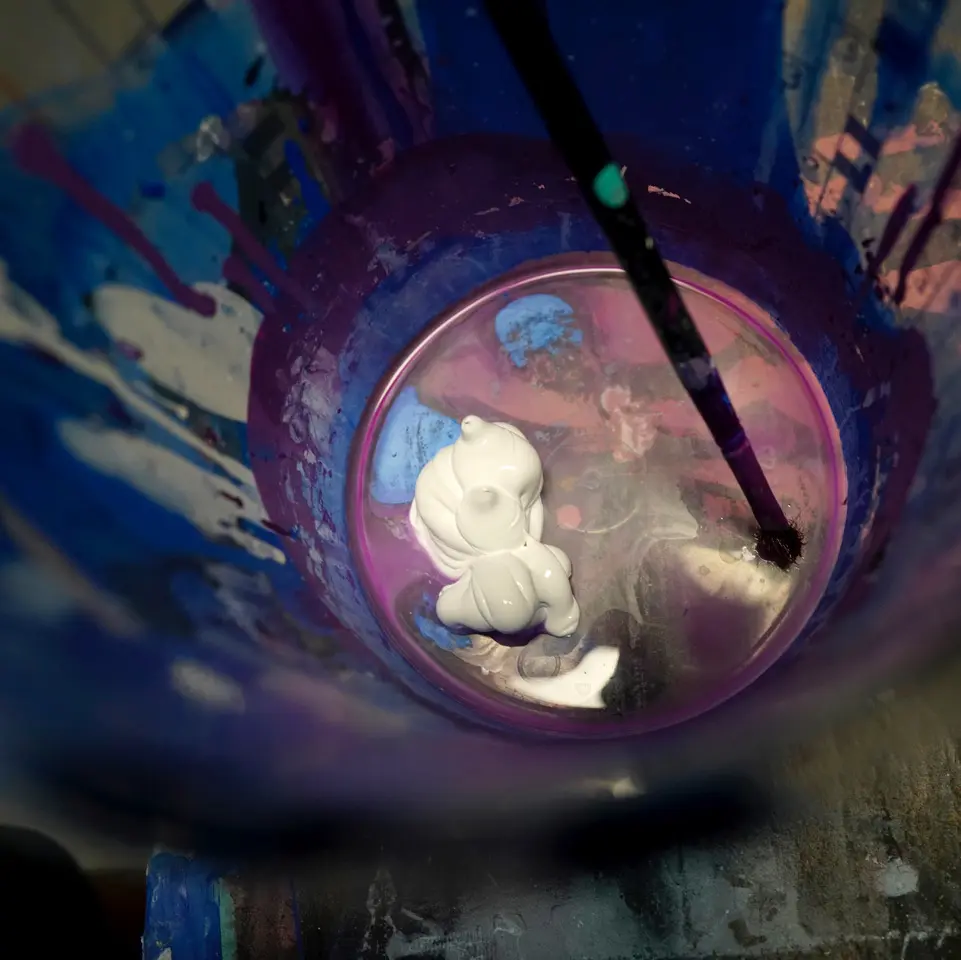
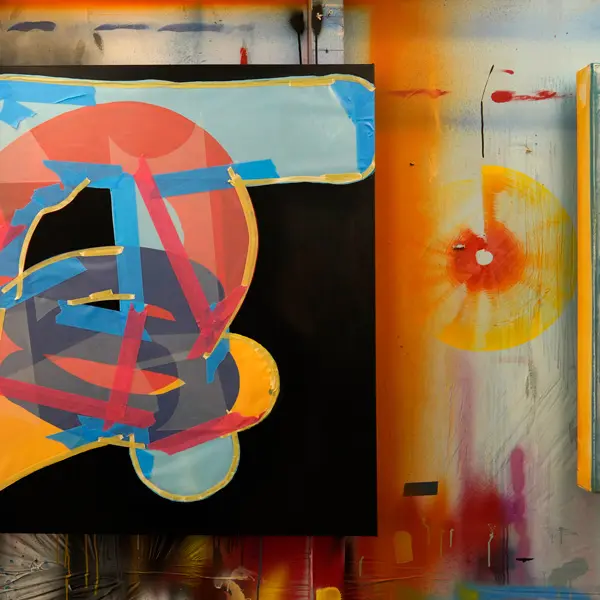
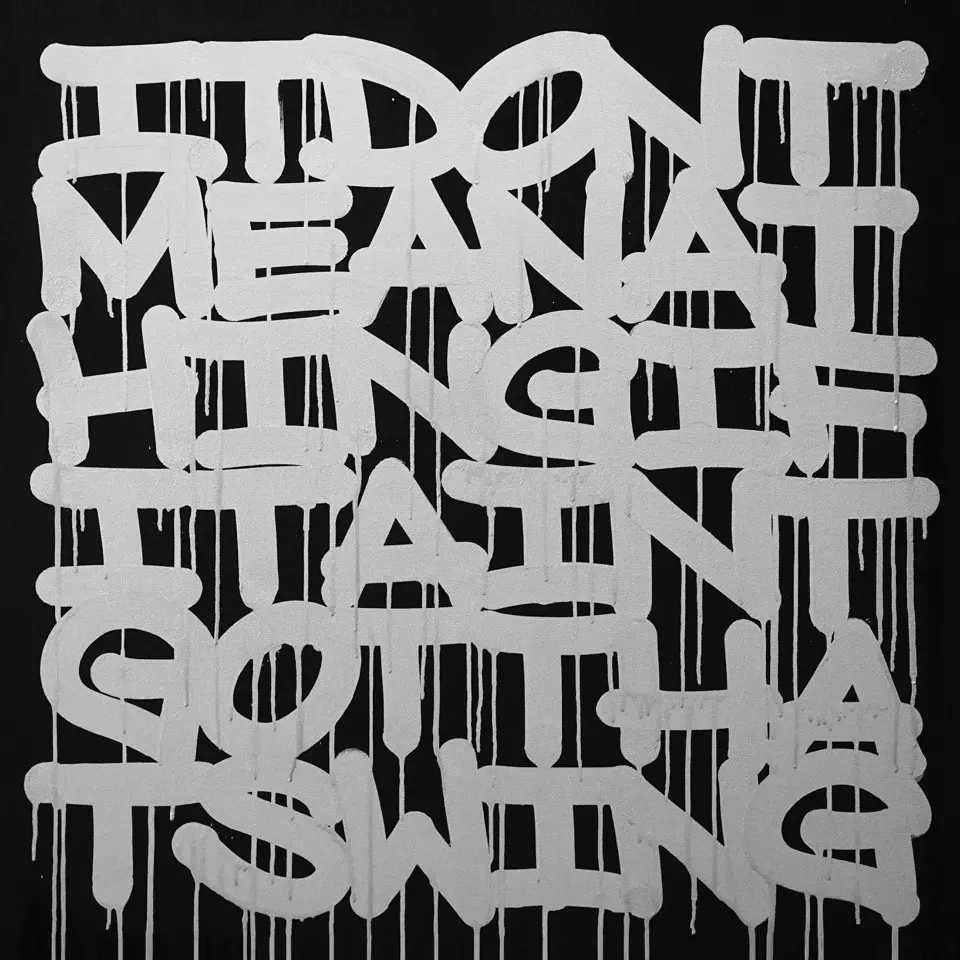
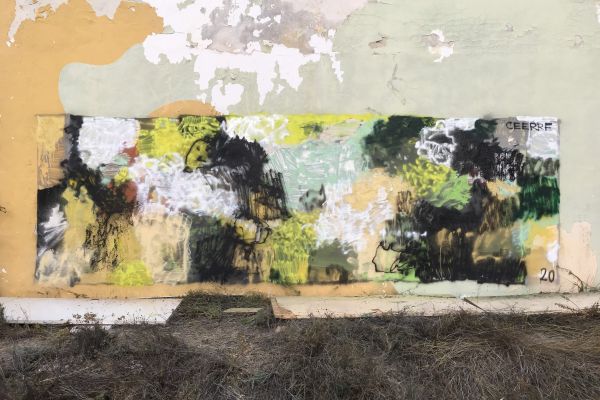
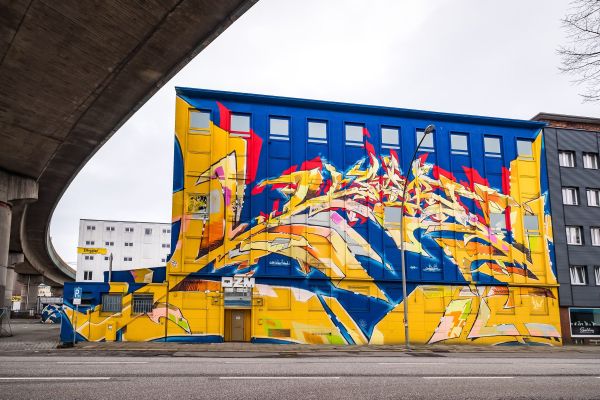
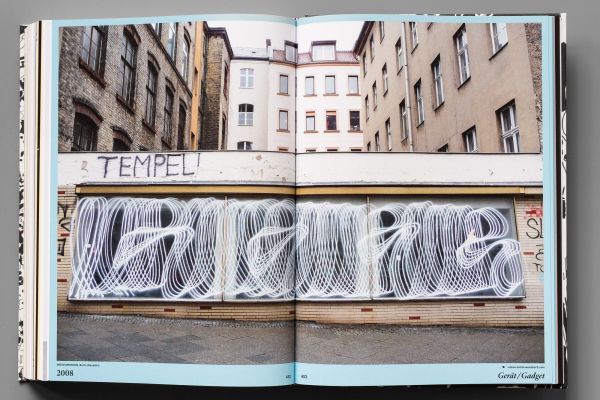
Leave a Reply